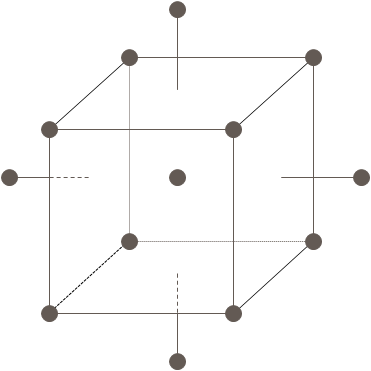Comparing Traditional Approaches to Experimental Design
The traditional approach taken to develop a new process is One Factor at a Time (OFAT) (Figure 1). Experimental design, on the other hand, is a structured set of tests of a process to investigate potentially significant factors that helps to establish cause and effect relationship on the output (Figure 2) The advantages and disadvantages of both approaches are discussed in Table 1 and Table 2 below.
| Advantages | Disadvantages |
|---|---|
|
Widely taught |
Limited coverage of the experimental space |
|
Straightforward |
May miss the optimal solution |
|
|
Fails to identify interactions |
|
|
Inefficient use of resources |
| Advantages | Disadvantages |
|---|---|
|
Systematic: Thorough coverage of experimental “space” |
Minimum entry of ca. 10 experiments |
|
Efficient: Able to establish solution with minimal resource |
You may have to run experiments that you anticipate will “fail” |
- Route Selection
- GMP
- Introduction to Process Engineering
- Route Selection and Scale Up: Case Study and Exercise
- Process Safety
- Reactive Hazards in Scaling Up: Case Study and Exercise
- Design of Experiments
- Some Definitions
- The Experimental Design Process
- Comparing Traditional Approaches to Experimental Design
- Examples of Variables and Responses for a Chemical Process
- Main Effects and Interactions
- Experimental Designs: Factorial Designs
- Experimental Designs: Response Surface Design
- Design of Experiments: Summary and Further Reading
- Reaction Work-up and Product Isolation
- Environmental Legislation
- Abatement and Waste Treatment

